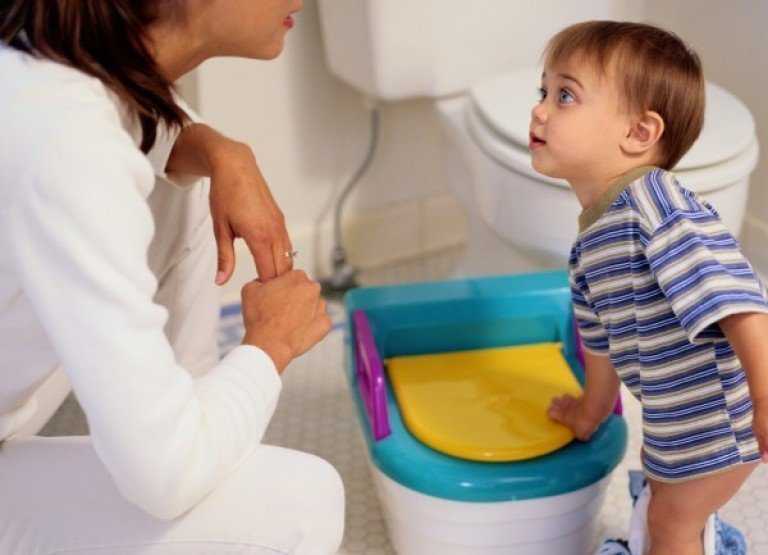on
BY SIMONE SMITH
Happy Holidays Toronto Caribbean Family! I hope that the season is not driving you crazy. I am reflective during this time because for me, it is a time to review the information that I have been providing for the community. Am I doing a good job at delivering information that will make a difference in someone’s life? Are the readers pleased with the information that is being delivered? My hope is that you all are and that I will continue to write about what matters to the larger Toronto population.
This is the last edition of the year. I want to end it with our miniseries within a series. For the last few months, I have been working on a series focused on Pervasive Development Disorders. The target focus has been Autism and how it has affected many families in our community. This miniseries is focused on toilet training. This is a feat that is taken on by all families, not just those that have children with Autism.
We left of last week talking about the readiness signs and how to read them. We learned that not only do the children have to be ready; the parents need to be ready as well. This can be a very taxing process and preparation is necessary for true success.
There are some strategies that help develop readiness. It has been found that modeling is a great way for children to begin to understand the reason for using a toilet. Fathers, here is when you can spend some time with your sons. Let them see what men are supposed to do when they are in the washroom. For mothers, this is the same thing. Toilet training can have dual purposes; it can also be used as a way to bond with children of the same sex. Other models can be instructive videos that show children how and when to potty. Potty-training-tools.com is a great website. It provides information about how to start the process, some instructional videos and they even have potty charts that you can download.
Parents can also use visual schedules or social narratives to review and teach steps. Parents must remember that all children are different; different techniques will work differently for each child. Visual schedules can help children in learning how to use the toilet independently. The schedules break down activities that are involved in using the washrooms: going to the toilet, wiping your bottom and washing and drying hands.
Schedules are useful both in home and public settings. Social narratives were first defined by Carol Gray in 1991 and are used to break down a task or social situation into small and easy to understand steps. Majority of the narratives are accompanied by descriptive pictures which are perfect for children. Adding a social story to the potty training routine can help certain children through the process by showing them what is expected when they have to use the washroom. Social stories are used by many professionals because they are easy to implement and can be used for a wide range of behaviors. Apple IPad has an interactive social story app that is customizable for boys and girls. The app includes a visual schedule which can be used in conjunction with the social story. Apple also offers an extensive FAQ page that lists answers written by board certified behavior analysts. This would be a great investment for those families who are having difficulties (Wink, Wink).
Another great secret that I want to share with parents is the use of reinforcement. Alberto and Troutman defined reinforcement as, “the delivery or removal of something immediately following a response/skill, which increases the likelihood that the response/skill will occur again (2003). Reinforcement is another technique that can be used in other situations, but if not used correctly we can go ahead and reinforce the wrong behavior. There are ways to deliver reinforcement which can work differently depending on the situation. Immediate reinforcement is reinforcement that occurs directly after a response/skill. For example, your child successfully uses the potty; immediately after, you begin to praise the child and then give them their favorite treat. The child will begin to associate using the washroom with a positive response. There is contingent reinforcement which is given only after the behavior is attempted. An example of this would be a parent saying to a child, “If you use the potty once by yourself today, we can take a trip to get some ice cream.” There is descriptive reinforcement which detail in conversation what the child has done. “Tell me, what did you do right today?” This promotes dialogue with the child and allows them to verbalize their actions. Many of these reinforcement techniques can be paired together to get optimal results. This may take a little work from the parents; you have to be aware of what will reinforce your child. What do they really like? Parents have to pay attention to clues given by their child.
I hope that this has been helpful to the readers. Have a wonderful holiday season and I will see you in the New Year!
Stay in the loop with exclusive news, stories, and insights—delivered straight to your inbox. No fluff, just real content that matters. Sign up today!
The Sacred Sound of OM












